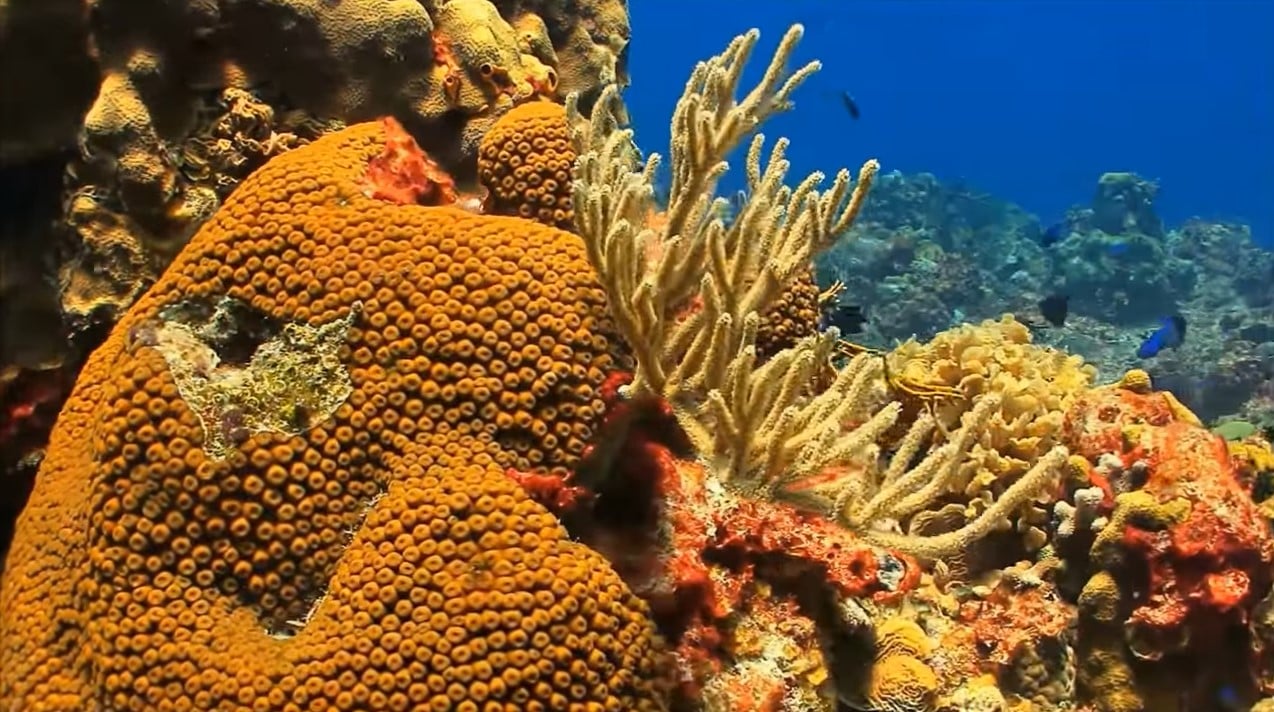Australia has funded 500 million Australian dollars ($379 million) to the Great Barrier Reef restoration. The site is prone to the effects of climate change which has resulted in higher temperatures of the water. This has resulted in coral bleaching that can jeopardize the entire area and as well as the marine life that resides there.
The heat waves coming from the climate changes are damaging and killing off corals. Just in 2016, according to a study, the impact on the coral was along 500 miles in the northern area of the Great Barrier Reef, which is its “most pristine region.”
The funding for the Great Barrier Reef restoration is an ambitious plan formed by the collaboration of the Australian government and the Great Barrier Reef Foundation. The plan is optimistic to improve the health of the corals and also monitor the health of the reef overall in the future. The Australian government describes this investment as the largest single investment for reef conservation and management since the country was born. The money from the funding will be used for enhancing the quality of the water, control major predators and restore the reef.
The Great Barrier Reef is home to around 400 types of coral and 1,500 different species of fish. Several endangered species also reside at the reef, including the large green turtle and the dugong.
“The more we understand about the reef, the better we can protect it,” Josh Frydenberg, Australian Environment Minister said to the Australian Broadcasting Corporation, as per ABC news, adding that the reef is exposed to a lot of pressure, but that those problems can be solved. “Millions of dollars will go into science and to better data management and to be able to test the impacts on the reef.”
Surveys conducted in April 2017 revealed that coral bleaching is present in more than two-thirds of the coral in the Barrier Reef. The higher sea temperatures resulting from climate changes result in coral bleaching. The higher sea temperatures cause the expulsion of algae that live inside coral. That process makes the coral reefs become white while eliminating their main energy source.
There have only been two bleaching events recorded before 2016 in the Great Barrier Reef during the last two decades, in 1998 and 2002. However, the 2016 bleaching event is the worst ever recorded and it has mainly impacted the northern part of the reef. Now, even more recent damage, as explained by CNN, has also affected the middle region of the reef, which is why the Great Barrier Reef restoration is essential.
The Great Barrier Reef is listed as one of the seven natural wonders of the world. Also, it is the largest living ecosystem on the planet, being visible from space as well. Annually, the reef has a worth of an estimated $3.7 billion, generated through fishing and tourism.
According to the UN, there are roughly 275 million people around the world who rely on coral reefs for a living. Globally, the reefs form nurseries for a quarter of the world’s fish.
[SOURCE]




